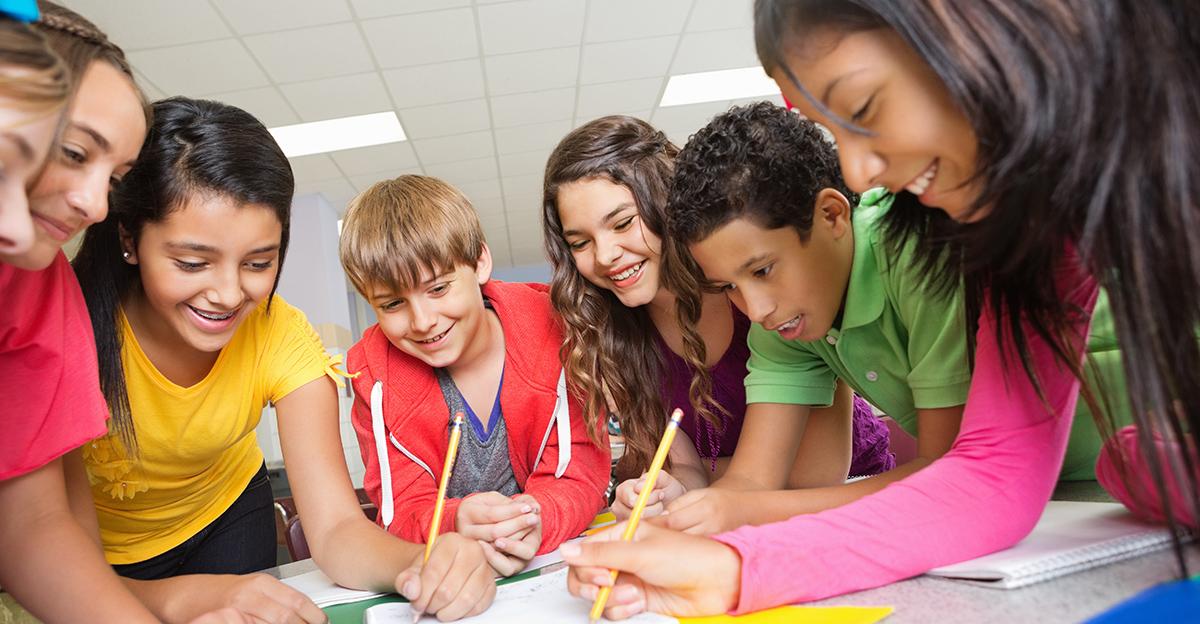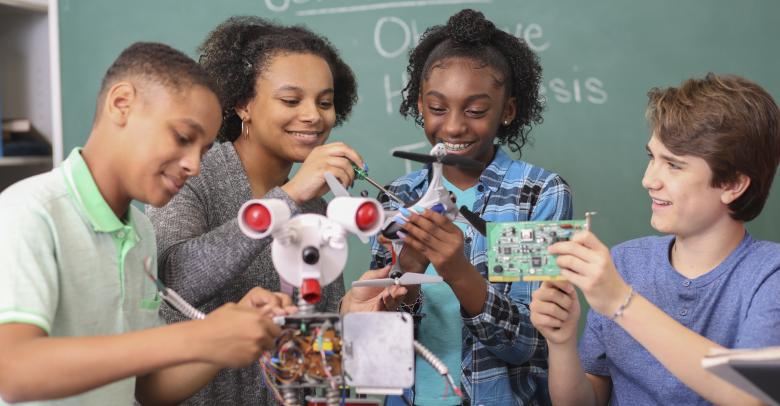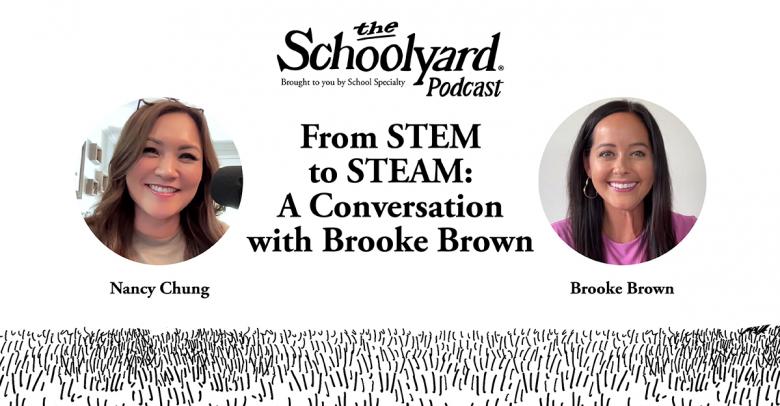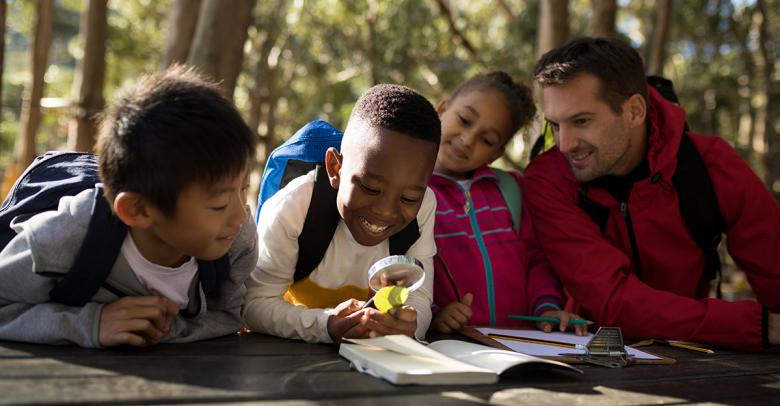Everyone has fingerprints, and they are unique to each individual person. Use this information to introduce fingerprinting activities and give your students the chance to explore basic forensic science. Whatever the weather, practicing critical thinking and fine motor skills is a great way to get students engaged in science.
Teaching Kids About Fingerprints: What Are They?
Law enforcement and detectives use fingerprints to solve crimes, and many students will be aware of this. However, learning about the different types of fingerprints and how crime-solving professionals collect them can be a fun and engaging science activity for elementary students.
Four facts about fingerprints:
- The small ridges on your fingers act as grips that help you hold objects without slipping from your hands.
- Your fingerprints are unique to you, and nobody else has the same print on any part of their hands or feet.
- The three types of fingerprints were identified and named in 1900; the classification is called the Galton-Henry system and is still used in most English-speaking countries.
- You are born with your unique prints, and no matter how much you grow, your print patterns never change.
3 Different Types of Fingerprints
There are eight types of fingerprint patterns currently recognized by the FBI, but there are three basic types of fingerprints that were identified by Sir Francis Galton and Sir Edward R. Henry in 1900.
The three basic patterns are:
- Arcs: the ridges enter from one side, rise in the center like a hill, and then exit on the opposite side.
- Loops: the ridges enter from either side and then curve around to exit on the same side they began on.
- Whorls: the ridges form a circular pattern.
Forensic Science Activities for the Elementary Classroom
These simple activities allow students to explore the critical thinking and fine motor skills law enforcement uses when using fingerprinting to solve crimes or find the answer to a problem. Remind your students that attention to detail is very important.
Dusting for Prints (Grades K-4)
What you’ll need:
- Cocoa powder (or other very finely milled powder)
- Small dry brushes with long bristles
- Clear tape
- A smooth surface
- Black paper
Have students start by wiping a smooth surface clean and ensuring it’s completely dry. Then, have them place their thumb firmly straight down onto the surface, leaving a fingerprint (they may not see it, but assure them it’s there)
Have the students dip their small dry brush into the cocoa powder and very carefully dust the area where they put their fingerprint. It’s important to do this very lightly so that the print isn’t smudged.
Once the print has been dusted with cocoa powder, have them take a piece of clear tape and press it down onto the dusted print. Then, have them peel off the tape (they have now collected/lifted a print) and place the tape on a piece of darkly-colored paper. The dark paper makes it easier to see the print.
Now, students can examine their unique fingerprints, identify their patterns, and compare this print to those of other students in class. Follow-up with a discussion of fingerprint facts and how law enforcement uses fingerprinting to identify people.
Write the Crime Scene Narrative (Grades 3-12)
What you’ll need:
- A fake crime scene
- Paper
- Pencils or pens
This activity can be as simple or detailed as your time allows. Create a crime scene in your classroom space and “rope it off” so students can observe it but not interact with it. Choose a specific type of crime scene, like a robbery or burglary.
Give students time to look at the crime scene. Once you feel that they have had enough time to take in any of the details or clues you included in the scene, ask them to write a narrative of the crime that took place.
There are no wrong answers, but ask them to include as much detail as possible. Once they have completed narratives for the crime, ask any interested students to share what they think happened based on their observations of the crime scene.
Follow up with a discussion of how law enforcement uses crime scenes to develop a narrative and how that narrative gives them a starting place when solving crimes. Point out the differences between narratives written by each student, all created after viewing the same crime scene and being given the same information.
Discuss how narratives are subjective and how assumptions people make based on their individual perceptions can cause problems—especially when solving serious crimes.
More Science and STEAM Ideas & Inspiration
Looking for more ways to engage with your students and get them excited about STEAM concepts and thinking patterns? Visit the STEAM & STEM category page for more lesson plans and helpful info, and then head to the online store to stock up on all the supplies you need to make those lesson plans come to life!






Leave a Reply